Researchers Get Their Hands on a Rare Dinosaur Fossil, Including Skin
A biologist made an extraordinary discovery in Southern Alberta several years ago. Reports suggest she unearthed the fossilized remains of a dinosaur, a rare find that includes intact skin.
The incredibly rare find sparked a wave of excitement among paleontologists worldwide. Many are eager to personally examine this unique discovery, as it provides a unique opportunity to better understand these ancient reptiles that once roamed our planet.
Biologist Discovers Hadrosaur Fossil
The Dinosaur Provincial Park in Alberta, Canada, has produced a significant number of fossilized dinosaur remains over the years.

Source: CBC News: The National/YouTube
Fossil hunters across Canada, North America, and beyond venture to the park in search of dinosaur fossils. A biologist recently unearthed a hadrosaur fossil that has garnered plenty of attention online.
Field School Volunteer Team
Teri Kaskie, a biologist and dinosaur enthusiast based in Calgary, volunteers with a field team at the park led by Brian Pickles, an English professor. Their work includes educating students from the UK and Australasia on specific field techniques.
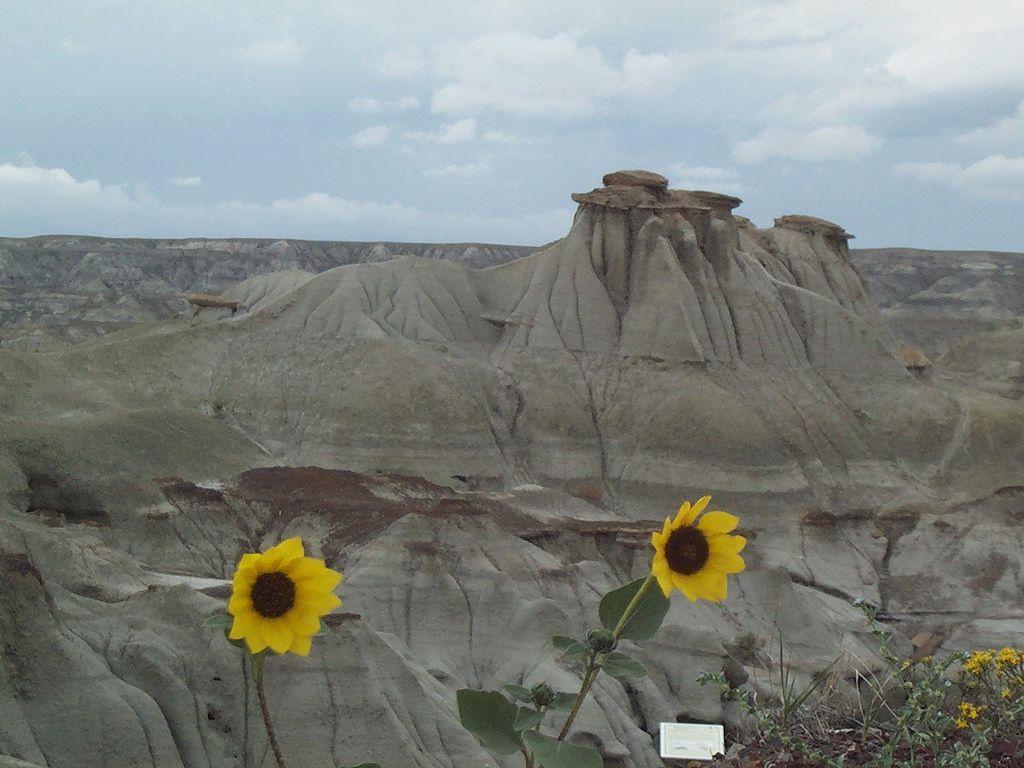
Source: Wikimedia
During one recent field day, Kaskie had been in search of Tyrannosaurus rex teeth when she came across the unique fossil, per CBC News.
Biologist Details Her Remarkable Discovery
Recounting the events that led to her remarkable discovery, Kaskie shared a statement detailing how she spotted an unusual fossilized bone protruding from a cliff.

Source: Freepik
“I instantly went up to Brian and, like, you need to come to take a look at this! And as it turned out, it was something really cool,” she said.
The Significance of the Hadrosaur Fossil
Upon further inspection of the fossil, Kaskie realized that the hadrosaur was so well preserved, it still had the remains of skin on it.
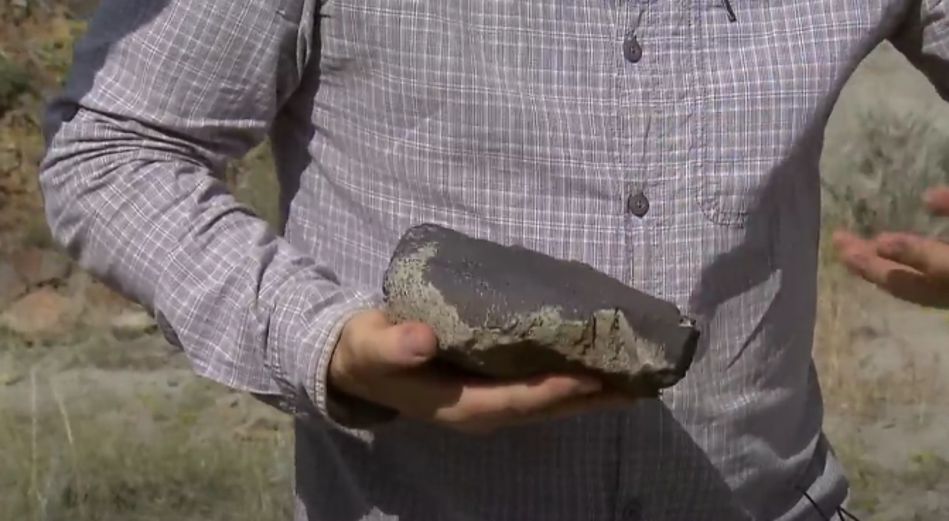
Source: CBS News/YouTube
The find garnered the attention of Pickles, who immediately recognized its significance and later shared it with the Royal Tyrrell Museum of Paleontology in Drumheller, Alberta.
Experts Examine Rare Find
Although hadrosaur skeletons are relatively common in the region, it is rare to find an example in a state of preservation like that unearthed by Kaskie.
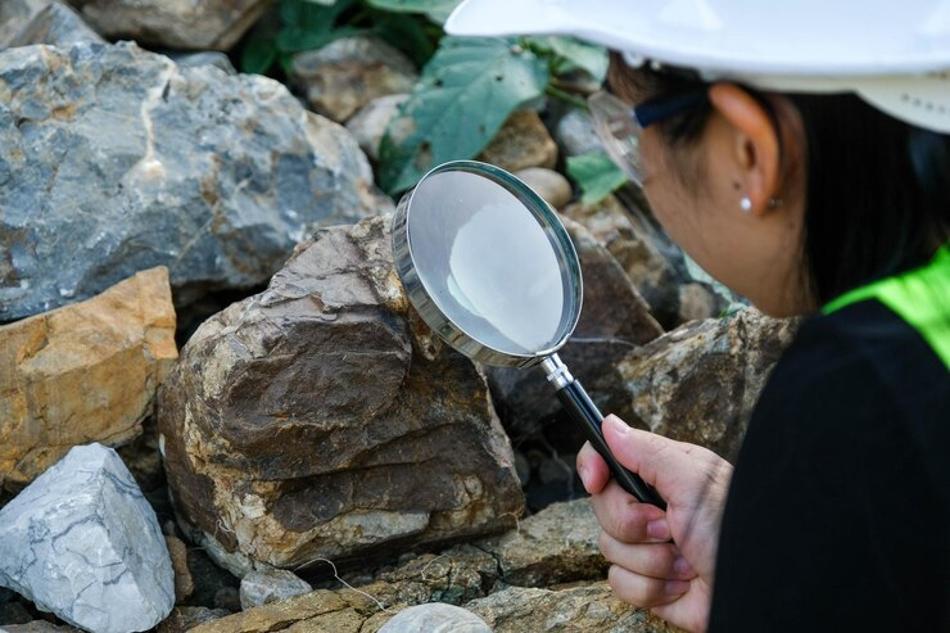
Source: Freepik
“We took so many photos. We sent them to the Royal Tyrrell Museum staff [and said], ‘Hey, I think we found something really big here,'” said Pickles.
Alberta’s Rich Fossil Heritage
According to Caleb Brown, the curator of dinosaur systematics and evolution at the Royal Tyrrell Museum, Alberta has a rich fossil heritage.
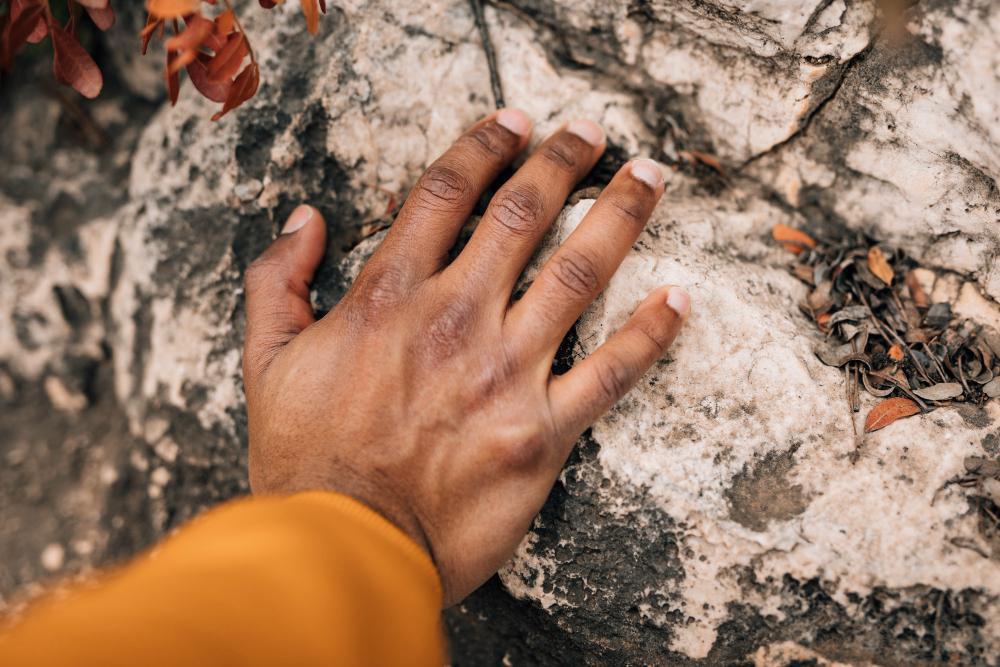
Source: Freepik
“Dinosaur Provincial Park is kind of the crown jewel of that. There’s no other place in the world that has the same abundance of dinosaur fossils and the same diversity of dinosaur fossils in a very small area,” he added.
Over 500 Dinosaurs Unearthed in the Region
The fossil discovered by Kaskie was from a Hadrosaur. The duck-billed reptiles are often referred to as the cows of the Cretaceous period.
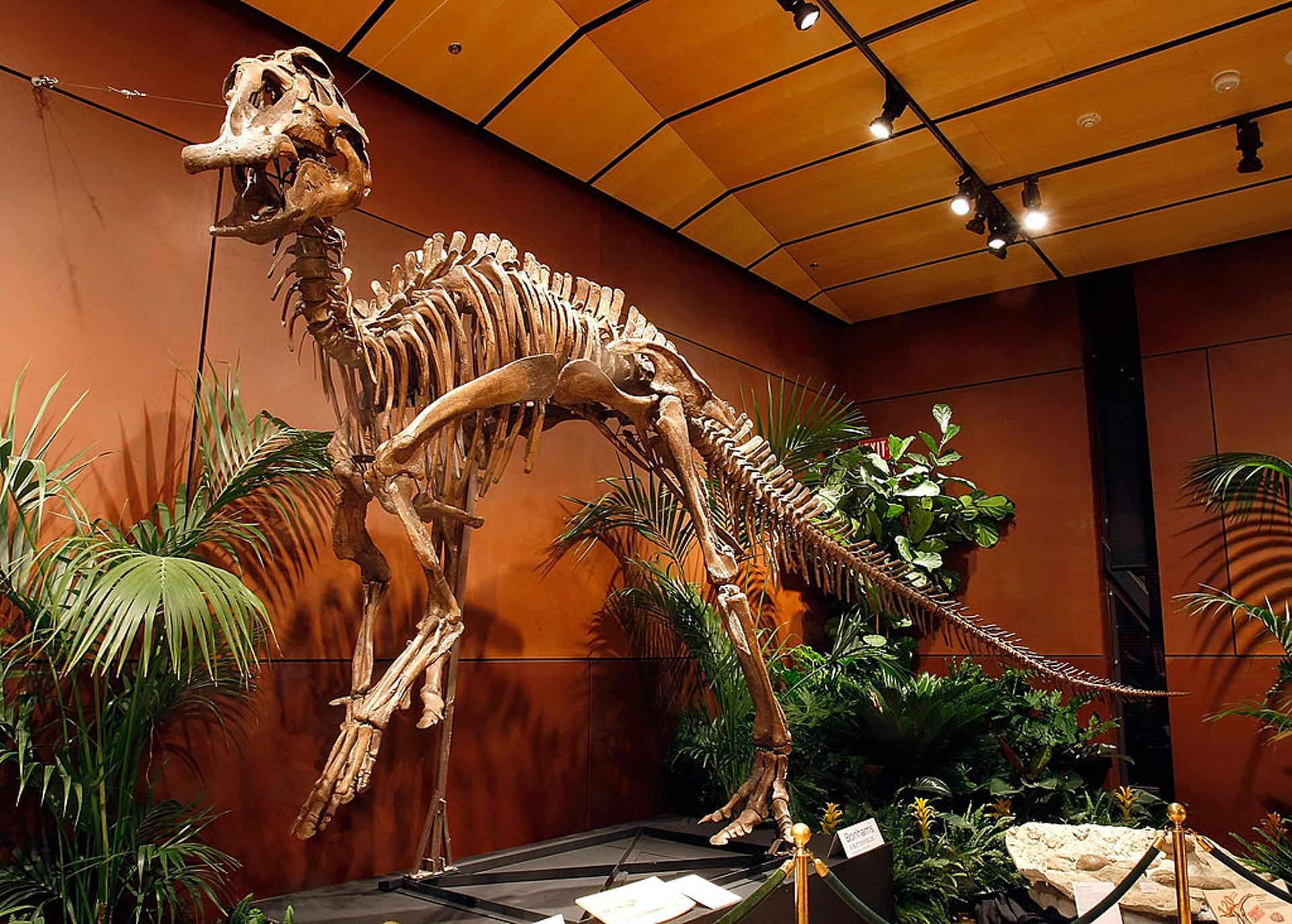
Source: Getty Images
Around 500 dinosaur skeletons or skills have been discovered in the park and its surrounding religion. While it’s common, “finding one that has a lot of skin on it is quite rare,” said Brown.
A Deeper Understanding of Dinosaurs
The fossilized remains of dinosaurs offer some insight into the lives of these enormous reptiles who roamed the planet millions of years ago. However, researchers say the amount of information they can provide is limited.

Source: Wikimedia
Fossils with intact skin, such as the example discovered by Kaskie, open up researchers to an entirely new avenue that can provide a deeper understanding of ancient dinosaurs.
Skins and Organs Shed Light on Ancient Reptiles
In a statement, Pickles revealed that fossils with the remains of skin or even organs can greatly impact our understanding of ancient dinosaurs.

Source: Wikimedia
“When you find skin, or even better, internal organs, you can start to look at how these animals were when they were living and breathing,” he said.
What Palaeontologists Can Learn From Skin
Examples of fossils found with their skin can allow paleontologists to learn significantly more about the dinosaurs’ daily lives. They do this by comparing their skin against the skin of various animals and other hadrosaurs at different stages of their lives.
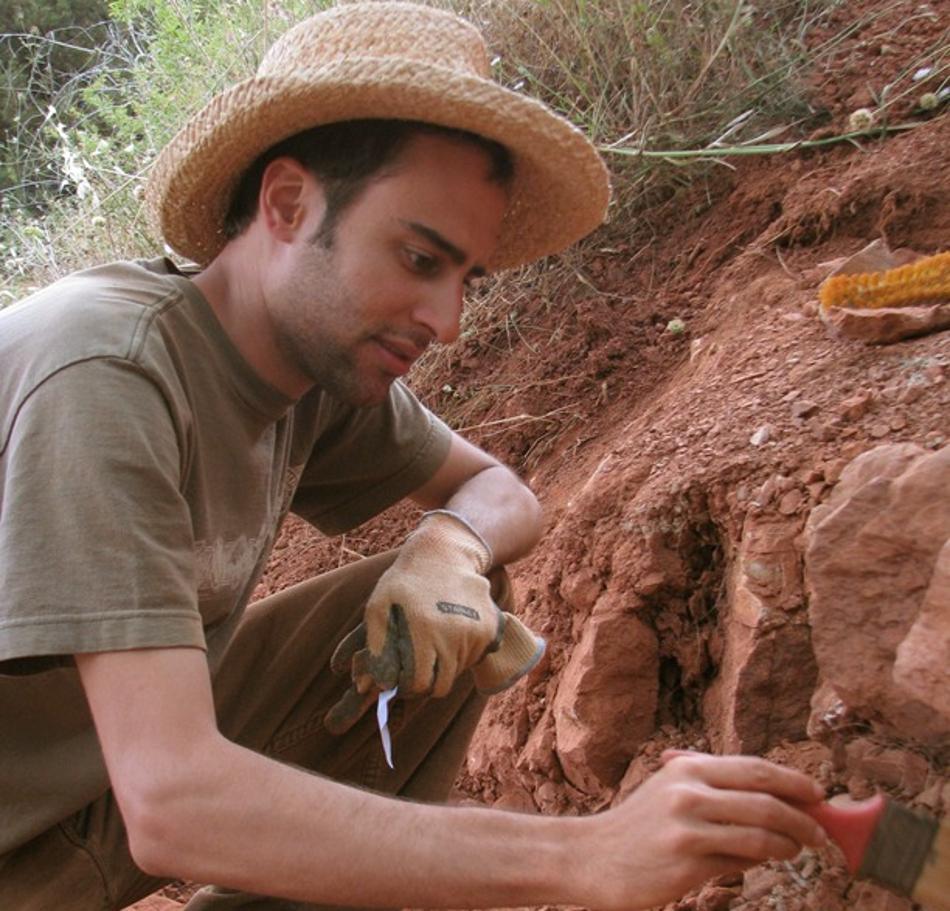
Source: Wikimedia
“I mean, it’s exciting. Every day we get to be out here, but this, it’s even more exciting,” said Brown.
Fossil Placed on Display at Museum
After the fossil had been carefully removed from the cliff, further scientific analysis was conducted on the remains.
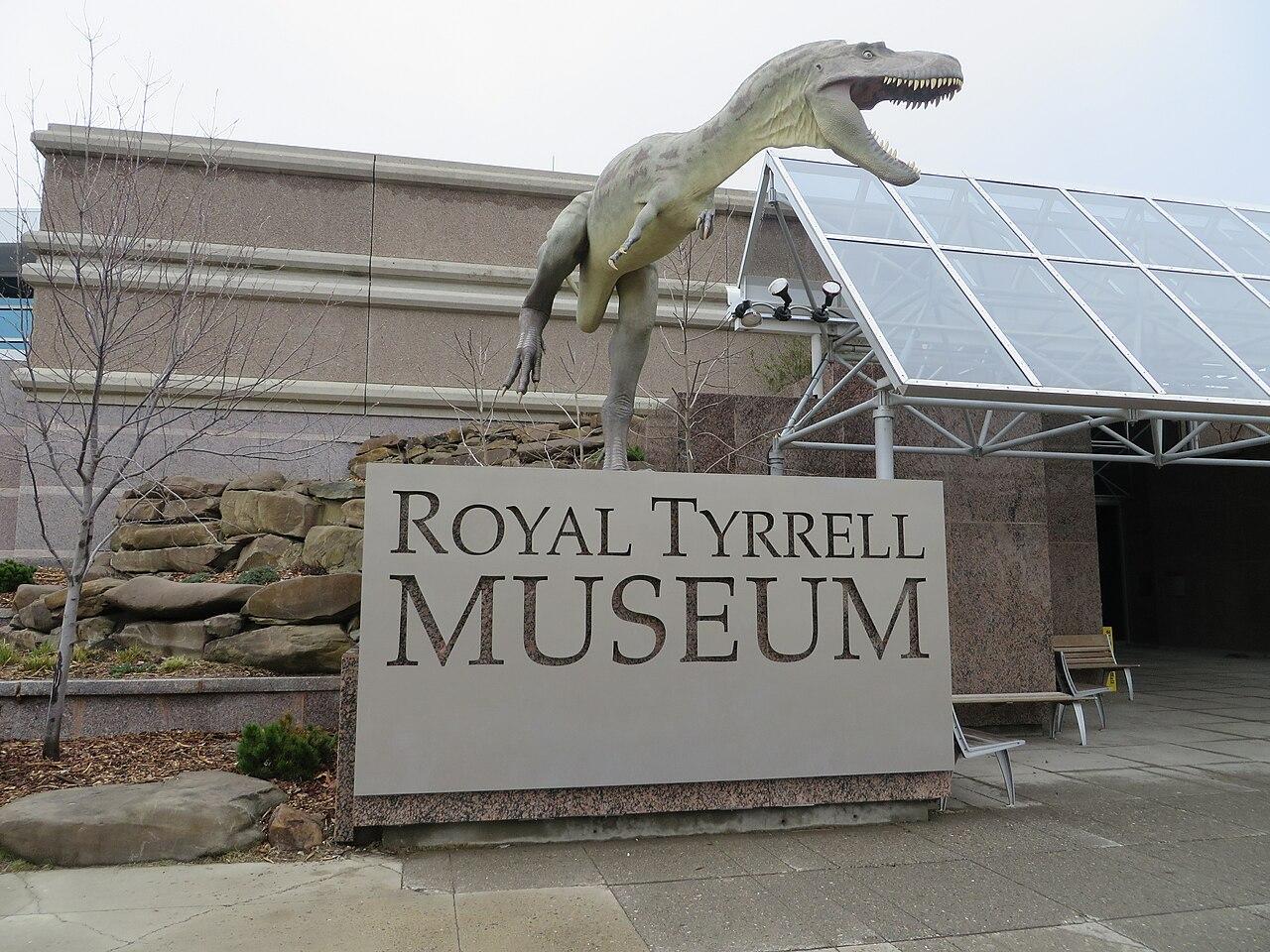
Source: Wikimedia
Findings like this play an integral role in furthering our understanding of these ancient reptiles, and researchers hope more of a similar nature turns up in Alberta’s dinosaur park. As for now, Kaskie’s beautiful example is on display at the Royal Tyrrell Museum.
